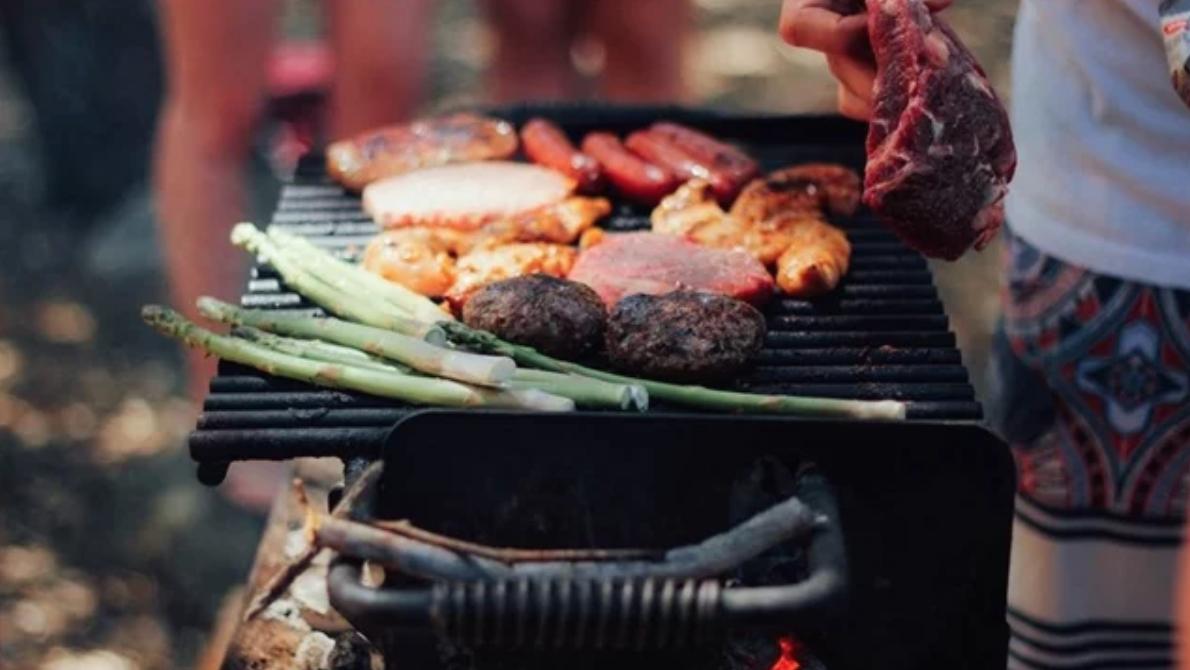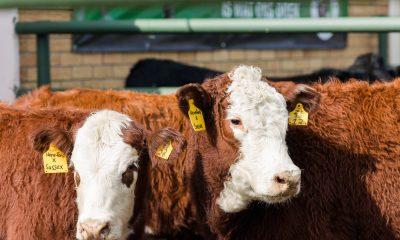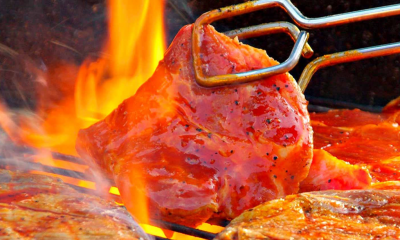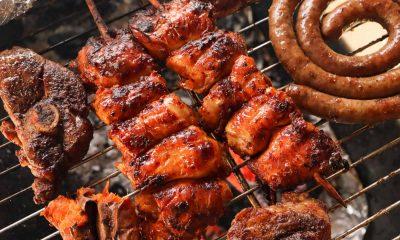News
Braai Just Got Pricier: Soaring Meat Costs Burn a Hole in Mzansi Budgets

As inflation bites and meat prices surge, South Africans are feeling the heat at the grill.
If you were planning a lekker weekend braai, you might want to check your wallet first. Prices for meat, the star of any South African braai, have skyrocketed, turning what was once a staple of local social life into something of a luxury.
According to the latest Braai Index, compiled monthly by the Pietermaritzburg Economic Justice and Dignity group, the cost of throwing a decent braai is up 9.2% compared to this time last year. While salad ingredients like carrots, tomatoes, and onions have dipped slightly in price, the real pain point is the meat aisle.
Meat Prices Hit a Boiling Point
Wors, steak, and chicken have all seen significant increases. The biggest offender? Beef. Stewing beef is now 21.2% more expensive than it was in July 2024, the highest price jump since Stats SA began tracking food inflation using its current methodology in 2017.
That’s not just bad news for steak-lovers, it’s a sign of deeper trouble in South Africa’s food system.
A major outbreak of Foot and Mouth Disease (FMD) at the country’s largest feedlot, first reported in May 2025, has disrupted the supply chain. The Bureau for Food and Agricultural Policy (BFAP) has warned that the outbreak could keep prices elevated for months, especially as it continues to spread across the North-West Province.
To make matters worse, countries like China, Namibia, and Zimbabwe have suspended beef imports from South Africa due to the outbreak, keeping more stock at home but flooding local markets with demand.
Grilling on a Budget: What Locals Are Saying
Social media has been buzzing with frustration, memes, and a bit of humour.
“At this rate, I’ll be serving salad and vibes at my next braai,” joked one user on X (formerly Twitter).
Others are taking a more serious tone, pointing out how food price inflation disproportionately hits low-income households—especially when something as culturally significant as a braai becomes unaffordable.
“A braai isn’t just food. It’s family, it’s community. It’s how we celebrate,” one Johannesburg resident told a local radio station.
A Brief History of the Braai Index
Originally inspired by Bloomberg, the Braai Index is South Africa’s homegrown inflation tracker for grill lovers. It focuses on typical ingredients used at braais, from meats like wors and beef to sides like spinach, potatoes, and maize.
The month-on-month data showed a slight 0.9% drop in July compared to June, thanks mostly to falling vegetable prices. But don’t let that fool you, year-on-year inflation is what’s torching the pocket.
Any Good News on the Fire?
Yes, kind of.
Analysts suggest that the current price hikes could cool off once the FMD outbreak is under control and normal delivery chains resume. With exports currently paused, the local supply could stabilise, potentially lowering costs later in 2025.
Still, as we move into the warmer months, when braai season really kicks off, many are wondering whether they’ll be forced to swap steak for samp and wors for water.
The braai isn’t dead, but it’s definitely more expensive. If you’re planning one, maybe share the load: bring and braai might be more than a casual suggestion this year, it could be a survival strategy.
{Source: BusinessTech}
Follow Joburg ETC on Facebook, Twitter , TikTok and Instagram
For more News in Johannesburg, visit joburgetc.com





















